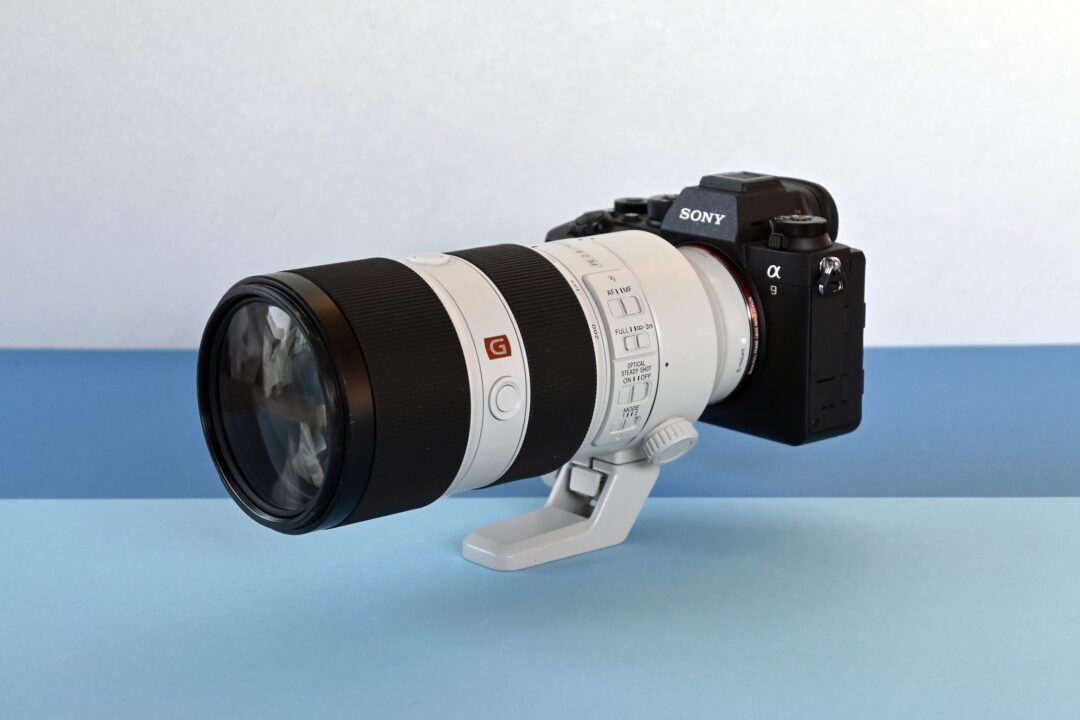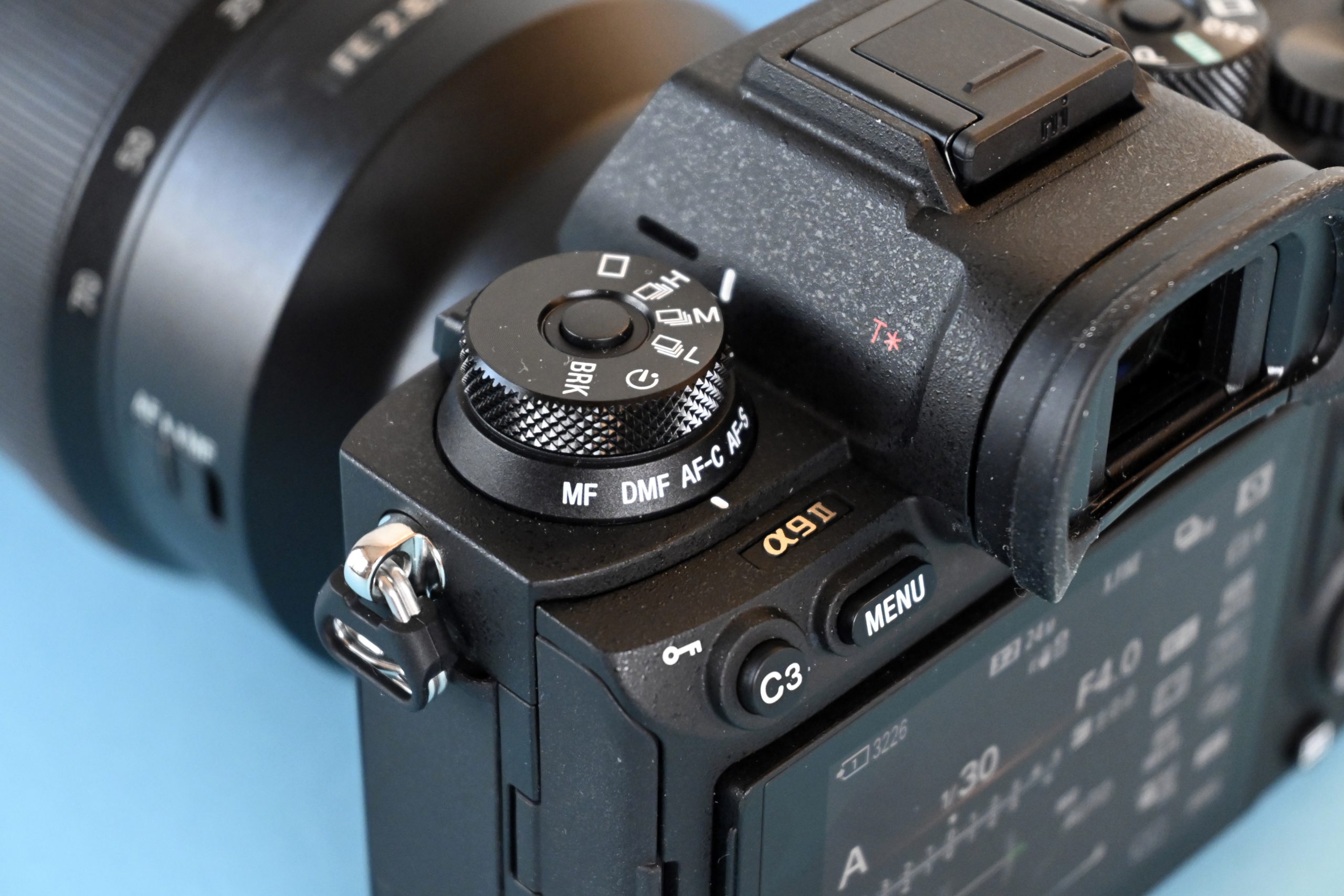We’ve all seen them. Row upon row of huge lenses, tight ringside at sporting events. The whites are Canon lenses, the blacks Nikon.
Some other cameras can hardly be seen in a sports context.
It must have annoyed the Sony management to the limit to see the two camera manufacturers share the lucrative professional market between them, as if they were a cartel that did not escape any other players.
The problem for Sony was that they did not have a camera that could convince Canon and Nikon photographers to invest in another manufacturer. While Canon and Nikon were well established in the professional market, with a wide range of lenses and multiple cameras, Sony had nothing to offer.
So what do you do? Builds a new camera. One that is fast enough to convince discerning professional photographers to switch, and one that proves that it is robust enough, that there are lenses that are suitable for sports, and then you serve that market as closely as you can.
The first answer came in the form of Sony a9. Which was built on the same compact camera body as the a7 series, where the focus had been more resolution and even more features than the competition. While the a7 series was not fast enough for demanding sports photography, the a9 was definitely a big step in the right direction.
The successor to the a9 II does not differ much from the original and is a mild update to consider. It is still a full-frame system camera with up to 20 frames / s shooting rate, and a 24 Mp image chip, where the improvements are mainly for a sports photographer:
Reliable autofocus, zero flicker in the viewfinder for continuous shooting, deep buffer and a robust camera body.
Facts:
- 24.2MP full format Exmor RS CMOS image chip
BIONZ X image processor
693-point phase focus system
Up to 20 frames / s with electronic shutter
Up to 10 frames / s with mechanical shutter
100-204800 ISO
Up to 5.5 EV step image stabilization
5 GHz Wi-fi and Gigabit Ethernet
2 x SD UHS-II card slots
Speed is everything
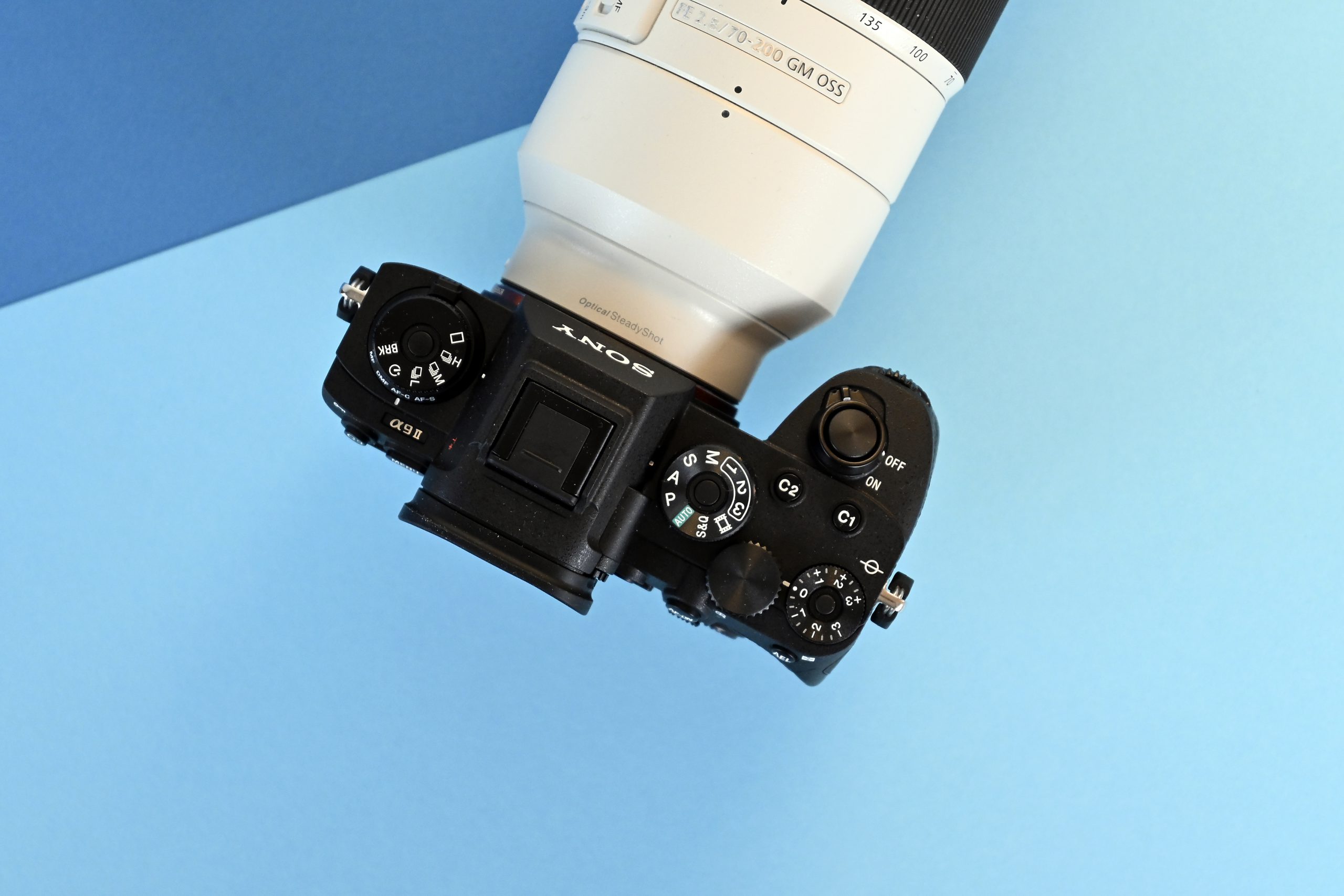
The original a9 has been updated via firmware since the camera was launched in 2017, for the better, so the big improvements I can not say that I found in the a9 II.
But let’s take it from the top. The backlit image chip is the same, but the camera has improved the follow-up focus precision, and eye focus. The large OLED viewfinder has barely visible black out on continuous shooting, shorter than on most SLRs at least, and the mechanical shutter is guaranteed to withstand 500,000 exposures.
The firing rate is 10 frames / s, if you use the mechanical shutter, and as much as 20 bps when the electronic one is used. Then you also get up to 1 / 32,000s shutter speed.
Sony should have these settings exactly here on the a7 series as well.The built-in image stabilizer has extended stabilization to 5.5 steps, and, the camera has both USB 3.2, Gigabit ethernet connector for file transfer and support for 5 GHz Wi-fi.
You can also talk up to 60 seconds of comments to the pictures, much like on a dictaphone, which can be retrieved as text later.
With the updated autofocus algorithm and Sony’s 4D focus, the camera’s real-time autofocus is exceptionally fast and precise. The autofocus has 693 phase focus points, which cover 93 percent of the image area and sit as glued to the subject, and a test in a swimming pool showed in full how fantastically reliable Sony’s autofocus system is in practice.
Ease of use
The camera has been given a larger grip that gives better space for the fingers, even if you have gloves on, and is strangely enough the only Sony camera with settings for continuous shooting, multi-exposure, self-timer and focus on the steering wheel to the left of the viewfinder. As otherwise, the same is the 3.69 mP / 120 fps OLED viewfinder as in the a9.
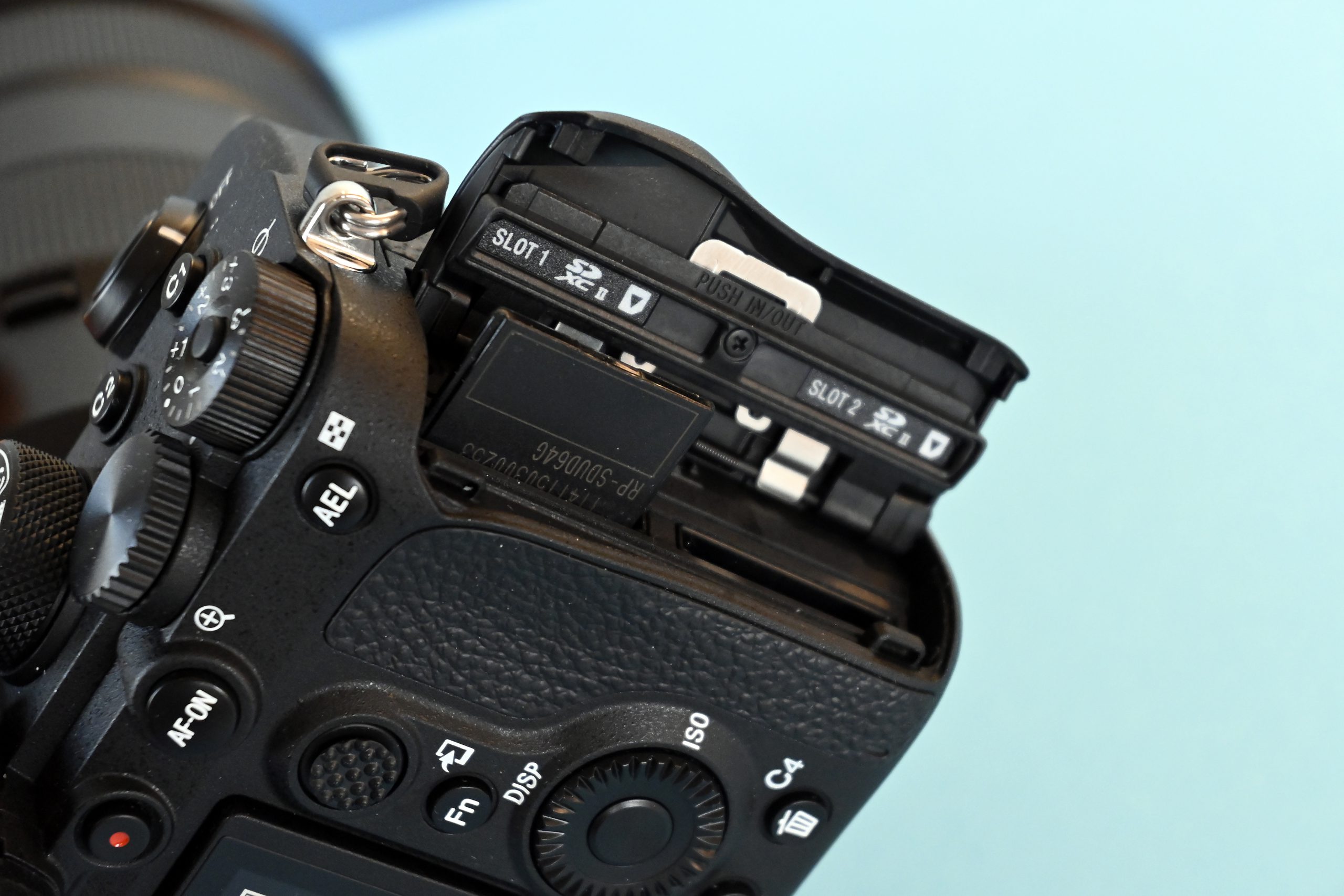
Here, both card slots are compatible with UHS-II cards, and externally the changes are minimal. The wheel for exposure compensation has finally been given a lock button, and both it and the adjusting wheel next to it are raised so that they are easier to use both with and without gloves.
Otherwise, the weatherproof camera body is solidly built, the battery life is marginally better, there is a little better grip on the joystick at the back, but the touch screen is not as well developed and user-friendly as with others.
There is a vertical grip called the VG-C4EM for the camera, which provides extra sets of buttons, shutter release and adjustment dial, and has room for the extra battery that provides twice as much exposure.
Image quality
The camera happily shoots continuous series of images throughout the day if you want. or until the battery needs to be replaced. The battery life is not as convincing as on a Nikon D5, and a Sony a7r IV will provide images with higher detail resolution and slightly better image dynamics.
That said, the image quality is comparable to the a9, and the current competitors. Although we have a good eye for the Nikon D5’s color reproduction, or Nikon’s colors in general, the jpeg quality from the Sony camera is not far behind. As long as one does not exaggerate.
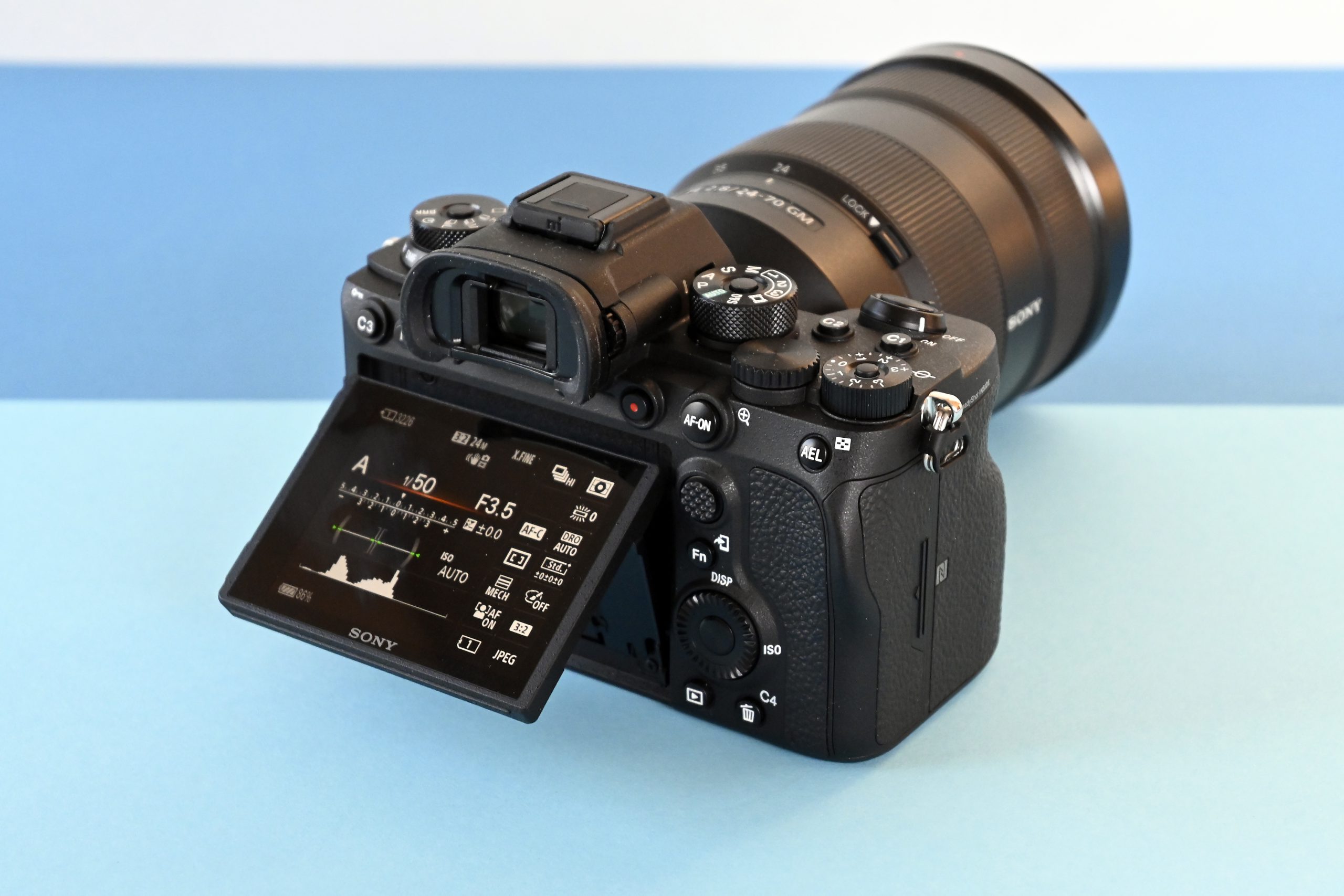
The sharpness depends on whether the camera manages to hit the autofocus every time, and the Sony a9 II does it better than most. The tracking focus is strikingly good, and it is only exceptionally, when the subject comes towards the camera and then rotates and drives away from the camera, that there is a risk of losing some images.
Video recording in 4K comparable to a9 simply because the video features are the same on the a9 II. You can film in 4K / 25p with 8-bit 4: 2: 2 out of the camera via HDMI, but if you have a camcorder, a Sony a7s II is a better choice.
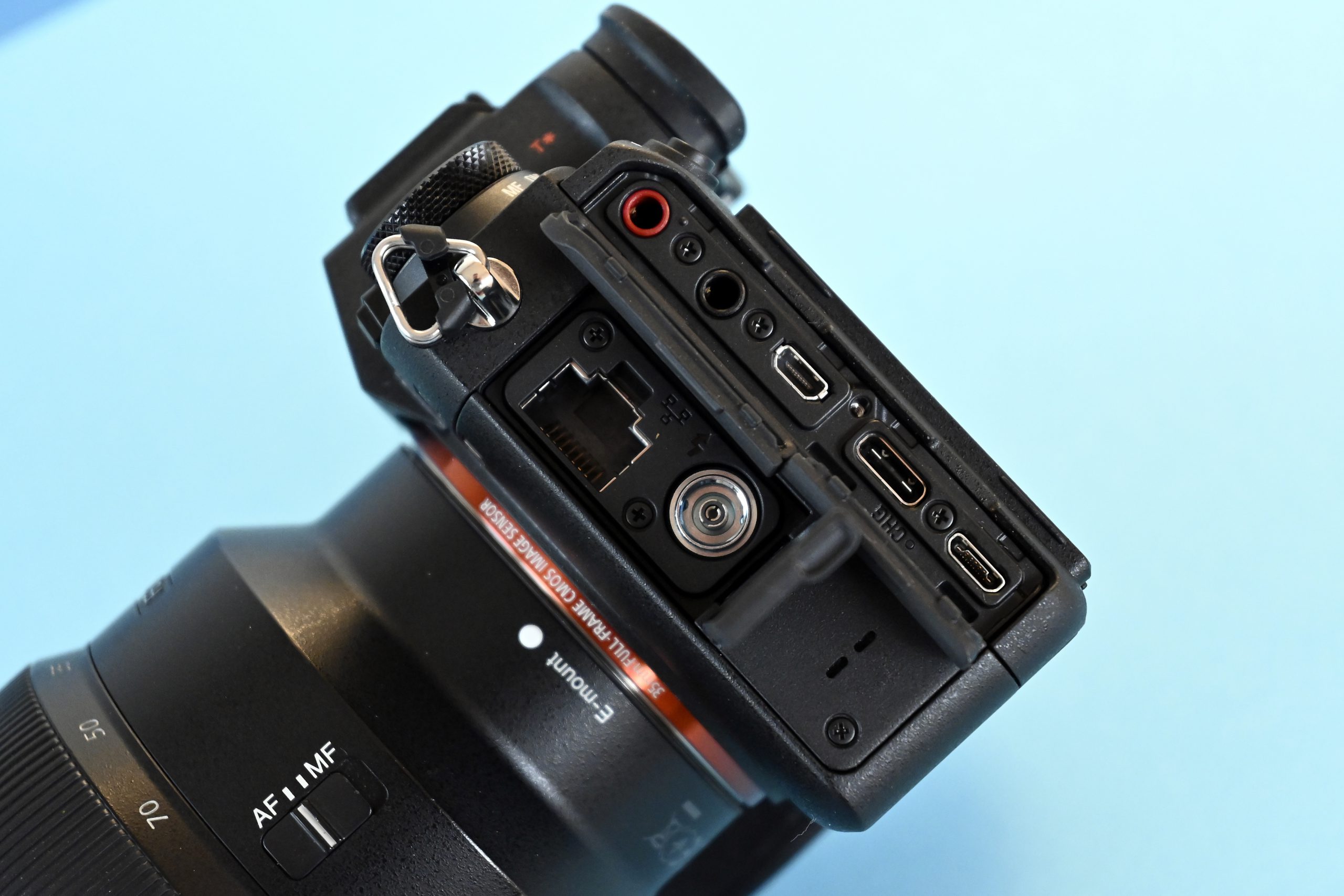
Conclusion
They are not many, the improvements on the Sony a9 II, but they have made an already formidable sports camera a little faster, a little better to use, and a little more relevant as an alternative to Canon and Nikon’s fastest professional cameras. The camera is also well suited for nature photography, because if you want to photograph birds, the autofocus must be included in fast photo series. It fixes the a9 II better than most cameras.

We think
Fabulous autofocus, high firing rate, very good quality from 14-bit raw files. Expensive and specialized camera, some buttons are small and there is a gap between the handle and the lens.
5600 €
Specifications
- Type: 24 Mp system camera with full-frame image sensor
- Optics: Sony FE socket
- Screen: 7.6 cm LCD, 1.44 k pixels
- Applicant: Electronic 3.69 Mp OLED
- Burst: 20 frames / s
- Video: 4K / 30p 100 Mbps, 4: 2: 2 8-bit HDMI
- Connections: Remote control, USB, HDMI, microphone, headphones, Ethernet
- Wireless: Bluetooth, Wifi 2.4 / 5 GHz
- Storage: 2 x SD card slots with UHS-II
- Battery life CIPA: 690 b / charge
- Dimensions / weight: 129 x 96 x 76 mm / 678 g
- Highlights: 5-step image stabilizer, tiltable touch screen, electronic / mechanical shutter, 693 focus points, TTL flash shoe, weather seal.
